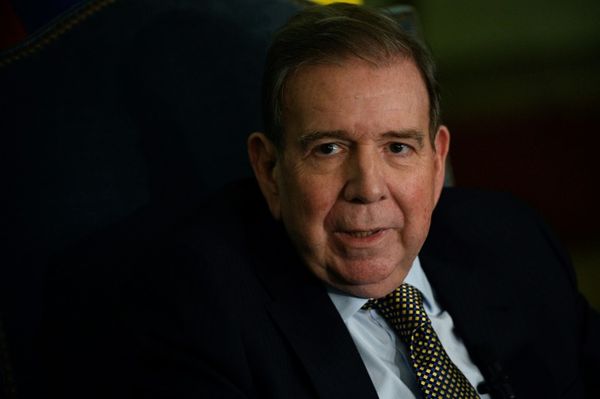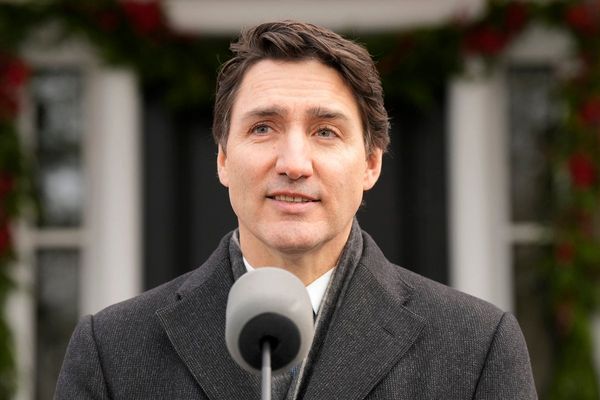
The cost of food will rise if swathes of agricultural land are used for planting trees to store carbon, an inquiry has been warned.
The cost of doing business on the land is going up as farmers compete with big business for properties, National Farmers' Federation spokesman Warwick Ragg told an inquiry hearing into stricter emissions controls.
"If there's more competition for land, less availability of land for production, then food production is going to be squeezed," he told the federal inquiry into the safeguard mechanism on Tuesday.
"What we don't want to see is large tracts of particularly highly productive agricultural land going back to permanent revegetation."
But farmers are potential carbon sequesters as well as being food producers, Mr Ragg added.
Individual farms have their own requirements and will consider what technologies, such as methane inhibitors in animal feed, are best for their businesses and to what extent carbon credits are required to comply with deeper emissions cuts.
He said most farmers are thinking about how they can reduce emissions and there has been early enthusiasm for carbon contracts.
Mr Ragg said his members were comfortable with the proposed safeguard mechanism, but they wanted more detail.
James Schultz, head of Australia's largest environmental investor GreenCollar, said the safeguard mechanism would get more money through the farm gate to improve farming methods and land management.
He said it wasn't about switching from food production to carbon farming, as the sector could do both.
Australians should be paying more for their food to support sustainable farming, he added.
Mr Schultz said the safeguard mechanism was an important piece of legislation for the land sector and would bring new jobs in managing forests and in science, sales and accounting.
"One of the myths is that carbon projects are 'lock the gate' type projects - far from it," he said.
"We have teams in every state on the ground now surveying, looking at fuel load, looking at interventions and what we need to do to manage fire mitigation," he said.
The evolving ecosystem should be the mainstay of the economy in 10 years' time, he said.
But he warned the land couldn't provide enough offsets to cover emissions from the coal and gas sector.
The safeguard mechanism covers 215 industrial facilities, each producing more than 100,000 tonnes of annual greenhouse gas emissions, but has failed to reduce emissions since it began in 2016.
Under the Albanese government's proposed changes, emissions must be reduced by 4.9 per cent per year on average through to 2030 using new production methods and carbon offsets for hard-to-abate heavy industry.
Taxpayer-funded safeguard credits would be issued as a reward to companies that achieve deeper cuts than required.
Labor intends to pass the bill by late March for implementation on July 1, but it is yet to garner enough support in parliament.
Leading business groups have called for bipartisan support but the opposition has vowed to oppose the changes, leaving Labor needing support from the Greens and several crossbenchers.







